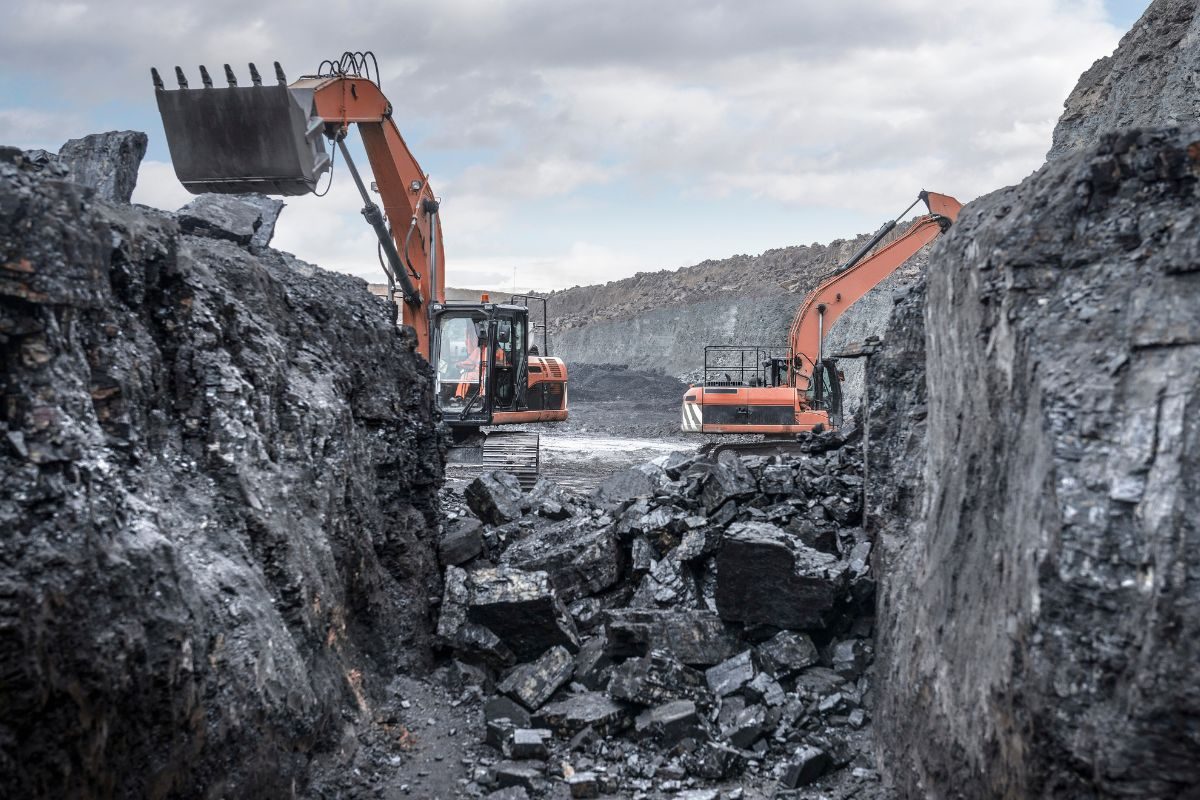People living around coal/lignite mining areas have not only been struggling with depleting groundwater levels, but also degrading water quality due to continuous mining activities
The Ministry of Coal has planned to revive nearly 500 water bodies in and around the coal/lignite mining areas in a bid to mitigate the adverse ecological impact of mining which has also contributed to dwindling water supplies in the region. The project will be executed and funded by Coal India Ltd (CIL) and NLC India Ltd and carried out in collaboration with local district administration and gram panchayats.
A preliminary assessment done by the Central Public Sector Undertaking (CPSUs) showed that there are about 4,457 water bodies (river, ponds, nalla, lakes, tanks) within the 5-km radius from the mine boundaries and 81 rehabilitation sites. The first-phase of the project till 2028-29 will restore 500 of them, which are within the 2-km radius of the mine boundaries.
Traditional water bodies, which have some cultural values and are crucial for sustaining agriculture and livelihoods, will be prioritised. According to the latest guidelines issued by the ministry, each new water body must have a pondage area of at least one acre (0.4 hectares) and a water-holding capacity of around 10,000 cubic metres to benefit the local communities. Post the initial survey to identify the sites, CPSU’s will have to ready a five-year action plan with proper budgetary allocation within the next one month.
ACUTE WATER-STRESS IN MINING AREAS
The continuous mining activities over the years has caused acute water stress in most coal mining regions across India. Experts highlight how the exposed minerals from the disturbed earth tend to seep in and contaminate the groundwater.
“It’s a serious problem. The large amount of water pumped out for mining activities has not only severely depleted the groundwater levels in most of these areas, but also degraded the quality of the water available. Mining activities also tend to expose rocks and minerals which then react with air and water, and turn it acidic. The water is often found contaminated,” says professor Abhijit Mukherjee from IIT Kharagpur who has extensively worked in groundwater exploration.
Overall, the per capita availability of water has been falling continuously at an alarming rate across India. According to government estimates, it has fallen down from 5,000 cubic metre in 1950 to around 1,500 cubic metre in 2020. If it declines further to around 1,000-1,100 cubic metre, then India could be declared a water-stressed country.
Meanwhile, as the power demand spikes up, Coal India — which is also the largest coal-producing company in the world — has already set a target of taking its coal production to 1 BT by 2026-2027. In a recent report, NITI Aayog pegged India’s coal demand to be in the range of 1,192-1,325 million tonnes by 2030.
KEEPING WATER QUALITY IN CHECK
The guidelines mandate that the water bodies must be owned by the gram panchayat, tehsil and district panchayats, government departments, communities and accessible to all communities and villagers, and not by any private entity. The water-filled mine voids would not be included in this project.
“Within the mine leasehold, careful selection is imperative, prioritising sites accessible to local communities, while safeguarding the interest of future mining endeavours,” the guidelines state.
In order to keep a check on the water quality, the latest ministry guidelines have also mandated establishing water quality monitoring stations equipped with sensors and data loggers to continuously monitor parameters and ensure they meet the environmental standards. The Bhaskaracharya National Institute for Space Applications and Geo-informatics (BISAG-N) will also be roped in to develop a monitoring portal for data collection and analysis.
After completion of activities of development of the water body, the site will be handover to gram panchayat or respective government departments as per the ownership for maintenance (in case of water bodies outside the leasehold areas), which will be responsible for its maintenance at their own cost.

